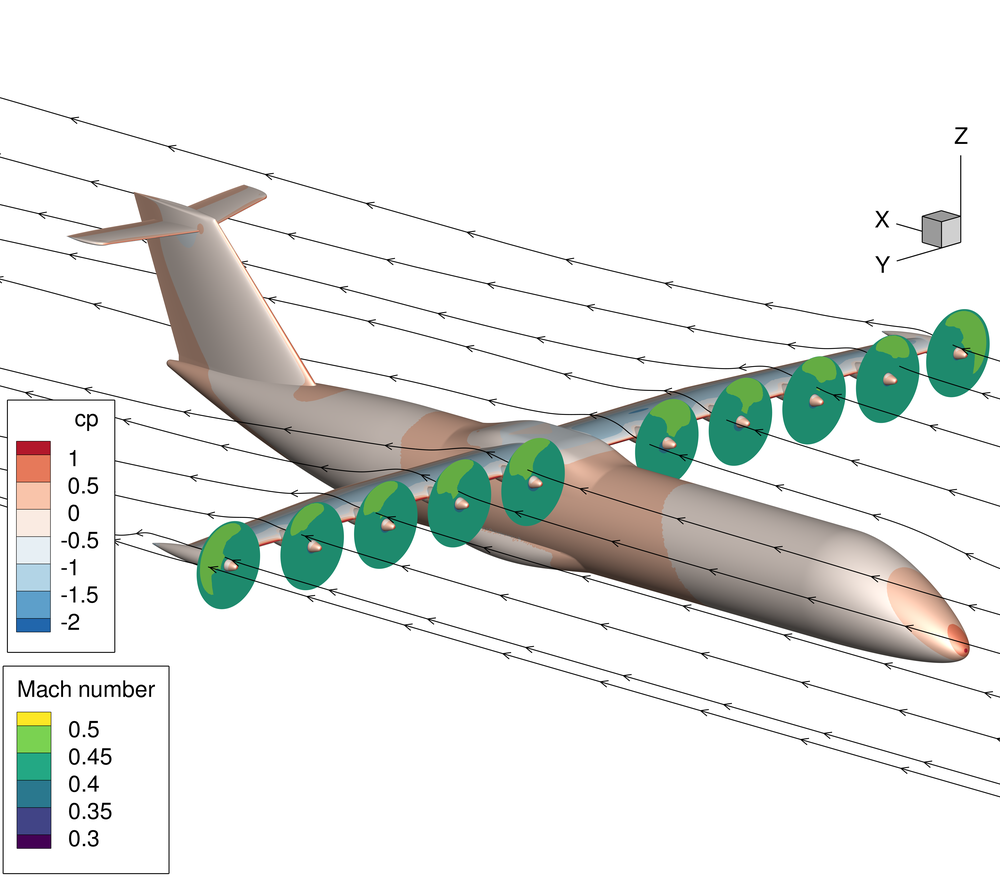SynTrac

To achieve climate-neutral air travel, it is essential to optimise not only propulsion systems but also the aircraft themselves and their components. A high degree of integrated functions and components can help reduce weight, size, and energy consumption while simultaneously enhancing performance and efficiency. But how significant are these effects in reality? What potential and synergies can be realised with highly integrated transport aircraft? These questions are being explored by researchers in the Collaborative Research Centre/Transregio project Synergies of Highly Integrated Transport Aircraft (SynTrac). The project is funded by the Deutsche Forschungsgemeinschaft (DFG, German Research Foundation) and is led by the Technische Universität Braunschweig, in collaboration with the University of Stuttgart, Leibniz University Hannover, and the German Aerospace Centre (DLR).
In numerous sub-projects, scientists are investigating the synergies and potential of highly integrated aircraft development. They adopt a multidisciplinary, system-wide approach to the aircraft development process. By leveraging the interactions between aerodynamics, acoustics, flight physics, structural mechanics, and thermodynamics, they are developing innovative approaches to create the highly efficient aircraft of the future.
The DLR Institute of Aerodynamics and Flow Technology contributes with the following sub-projects:
Aerodynamic coupling of propulsion, airframe, and control surfaces for aircraft with distributed and integrated propulsion systems:
In this sub-project, the synergetic utilisation of unconventional and highly-integrated propulsion concepts that provide both thrust and support flight control functions is being investigated. This is achieved through detailed aerodynamic studies of complete configurations, conducted using customised, highly realistic simulation methods.
Excitation of aircraft cabin noise by tightly integrated propulsion systems:
In this sub-project, the researchers are analysing the acoustic pressure fluctuations on the fuselage surface that are generated by a encapsulated and highly integrated propulsion systems. In addition, the scientists are investigating the acoustic relevance of morphing techniques in relation to the deformation of the nozzle and the rear fuselage. This pressure data is coupled to a structural code via an interface in order to analyse the cabin excitation.
Project | SynTrac - Synergies of Highly Integrated Transport Aircraft |
|---|---|
Term | 10/2023 - 12/2026 |
Partners |
|
Funding | Deutsche Forschungsgemeinschaft (DFG) |
Contact
Institute of Aerodynamics and Flow Technology
